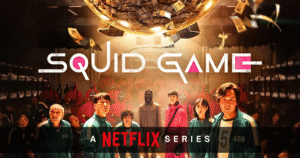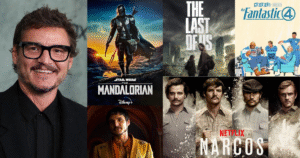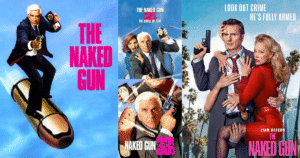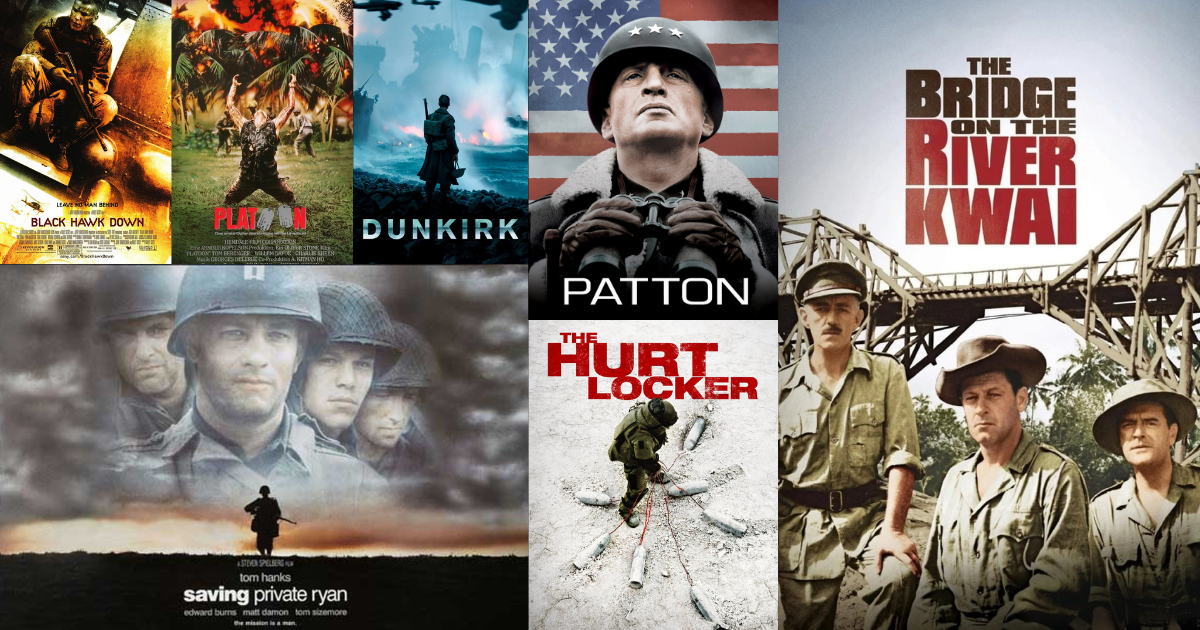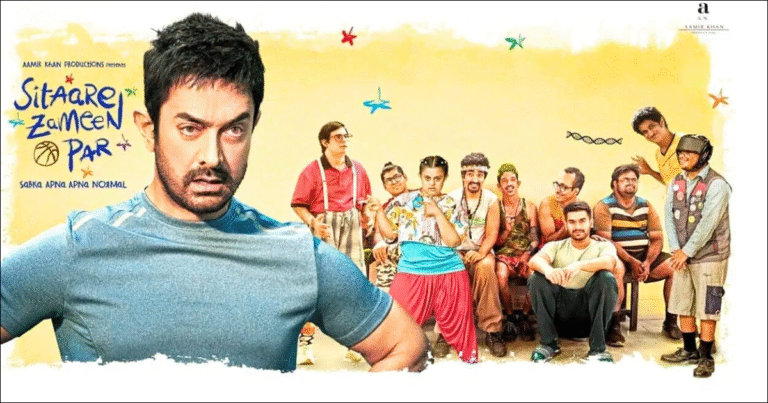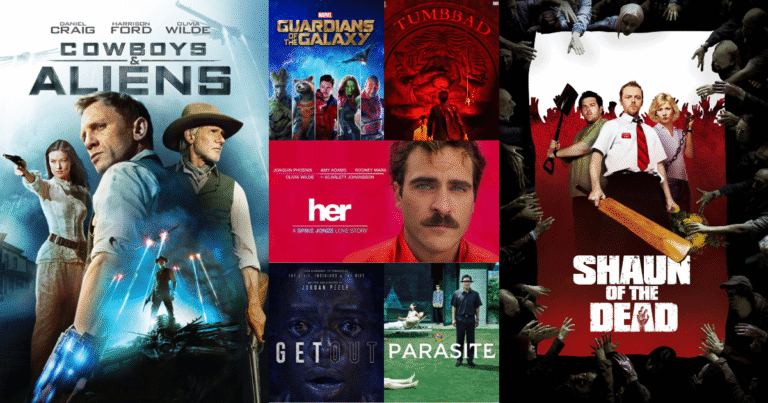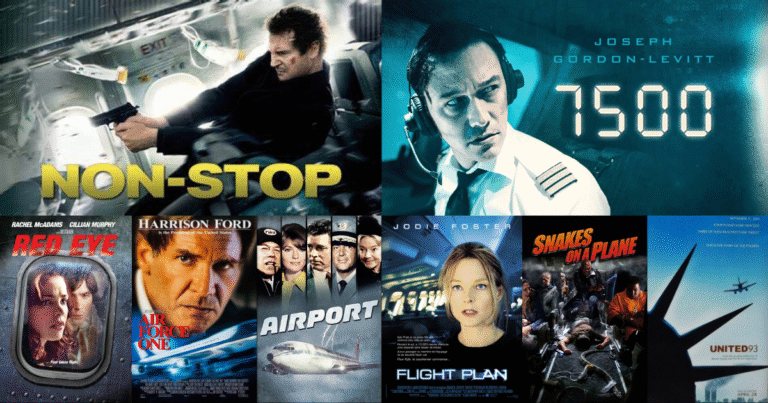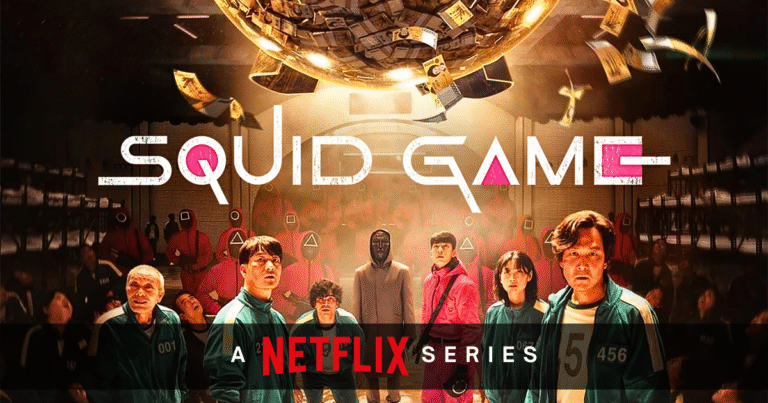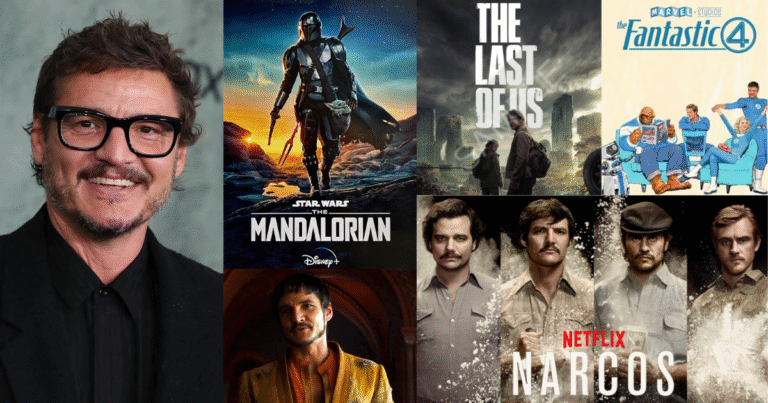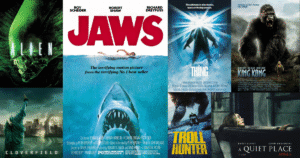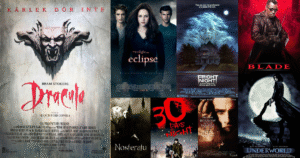War movies have been a staple of cinema for decades. From classic black-and-white epics to modern-day blockbusters, films about war continue to draw large audiences. But why? What is it about these intense, often heartbreaking stories that keep us watching?
The answer lies in something deeper than explosions and battlefield drama. War movies show us more than just military tactics and historical events. They remind us of what people are capable of, both the good and the bad. They explore courage, loss, survival, friendship, and sacrifice. And in doing so, they connect us to stories that still shape our world today.
In this post, we’ll explore why war movies remain important, how they’ve evolved over time, and which films stand out for their emotional depth, realism, and storytelling.
The Heart of Every War Movie: Human Experience
At their core, the best war movies aren’t just about war, they’re about people caught in the middle of it.
Take Saving Private Ryan, for example. It opens with one of the most intense battle scenes ever filmed, the D-Day landing at Normandy, but the real story is about a group of soldiers risking their lives to bring one man home. The emotional weight of the mission makes the film unforgettable. It’s not just about strategy or history. It’s about human lives.
Or consider 1917, which tells the story of two young British soldiers sent across enemy territory to deliver a message. The entire film unfolds in what appears to be a single continuous shot, pulling viewers into the experience. It’s tense, personal, and immersive.
These movies stick with us because they give us characters we care about. They bring war down to a human level, showing the everyday moments between the chaos, sharing food, writing letters, comforting a friend.
Why We Keep Watching
There’s a reason why war films continue to attract audiences around the world.
- They teach history in a powerful way.
Movies like Dunkirk, The Thin Red Line, and Platoon help viewers understand the realities of war — not just the facts, but the emotions and atmosphere of specific battles or eras. - They challenge our ideas about right and wrong.
War movies often show moral dilemmas. In Apocalypse Now, the lines between good and evil blur as characters lose themselves in the madness of combat. Films like this force us to think about the cost of war on the soul. - They showcase resilience and sacrifice.
From Hacksaw Ridge to Black Hawk Down, these films highlight acts of bravery and endurance. Even when the setting is brutal, there’s often a message about what it means to stand up for something bigger than yourself. - They connect us to real stories.
Many war movies are based on true events. Schindler’s List, though not a battlefield movie, shows the horror of the Holocaust and the power of one person’s actions. Watching these stories can be a deeply emotional experience.
Modern War Movies vs. Classic Ones
War movies have changed a lot over time. Early films like The Longest Day and Bridge on the River Kwai focused on heroic moments and large-scale operations. They were often patriotic and idealistic.
But newer films tend to explore the psychological and emotional toll of war. The Hurt Locker follows a bomb disposal expert whose addiction to the danger of combat reflects the long-term impact of war on soldiers. Jarhead shows the boredom and mental strain of modern warfare, where soldiers may never even fire their weapon.
Technology has also changed how war movies are made. Today’s filmmakers use advanced sound design, CGI, and camera work to create immersive experiences. But while the style has evolved, the focus on storytelling remains.
Not Just World War II
While many classic war movies are set during World War II, more recent films explore a wider range of conflicts.
- Lone Survivor and American Sniper take place in the Middle East, focusing on modern U.S. military operations.
- The Outpost tells the true story of a small group of American soldiers under siege in Afghanistan.
- Beasts of No Nation shifts the focus entirely, showing war from the perspective of a child soldier in Africa.
By exploring different regions and types of conflict, these films expand our understanding of war’s global impact.
The Power of Perspective
One reason war movies are so effective is that they put us in someone else’s shoes.
They show us what it’s like to be on the ground, feeling fear, loss, and uncertainty. They let us experience the weight of command, the stress of survival, or the helplessness of civilians caught in the crossfire.
Some films, like Letters from Iwo Jima, even show war from the other side, in this case, the Japanese perspective during World War II. By doing so, they remind us that war affects everyone, not just the “heroes” we’re used to seeing.
Why They Still Matter Today
In a world that’s still grappling with violence and conflict, war movies help us remember what’s at stake. They honor those who’ve served. They spark conversations about peace, policy, and the human cost of combat. And they preserve stories that might otherwise be forgotten.
But most of all, they help us feel. Whether it’s grief, pride, fear, or hope, these films stir emotions that statistics and news reports simply can’t.
Final Thoughts
War movies aren’t easy to watch. They’re intense, often tragic, and sometimes overwhelming. But they’re important. They show us the extremes of the human experience, not just on the battlefield, but in moments of compassion, courage, and connection.
From classics like Patton and Full Metal Jacket to modern masterpieces like Dunkirk and All Quiet on the Western Front (2022), these films continue to resonate because they tell us something true about the human condition.
As long as we have stories to tell and lessons to learn, war movies will keep finding an audience.
